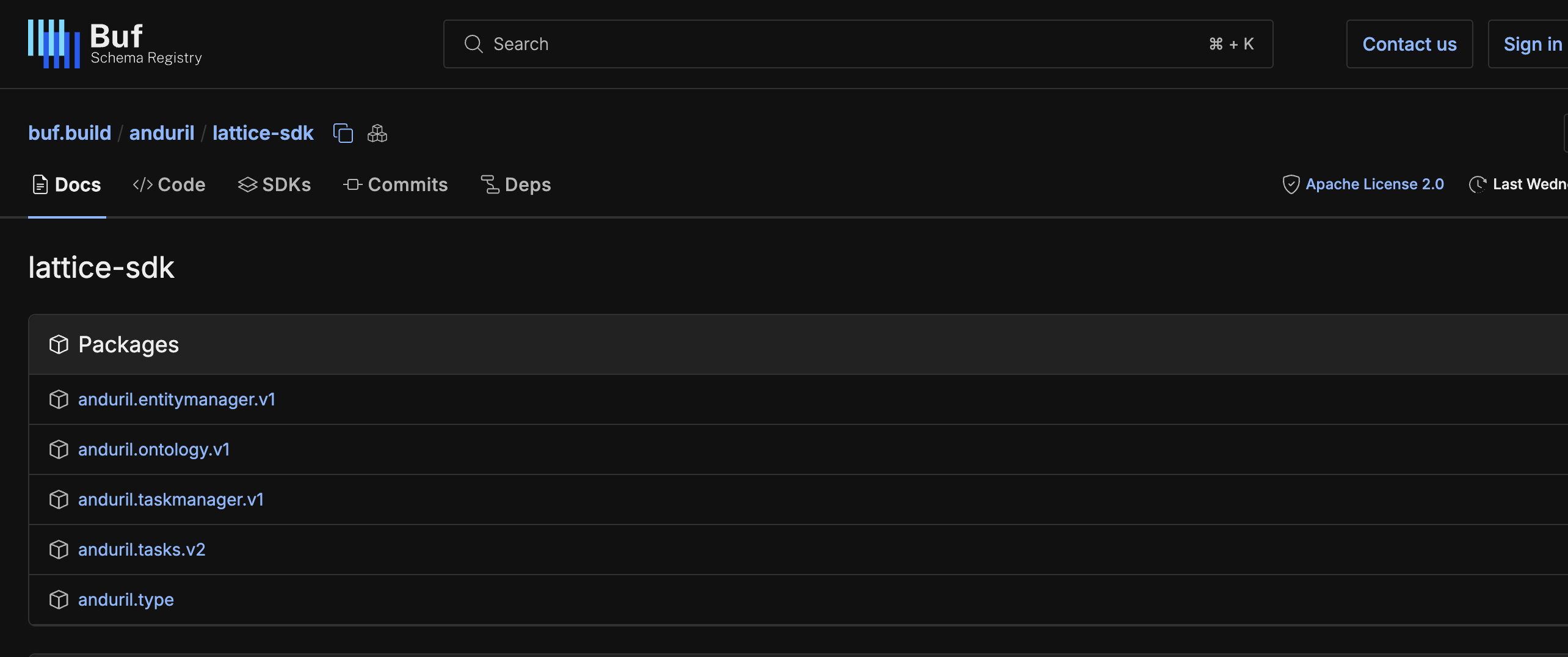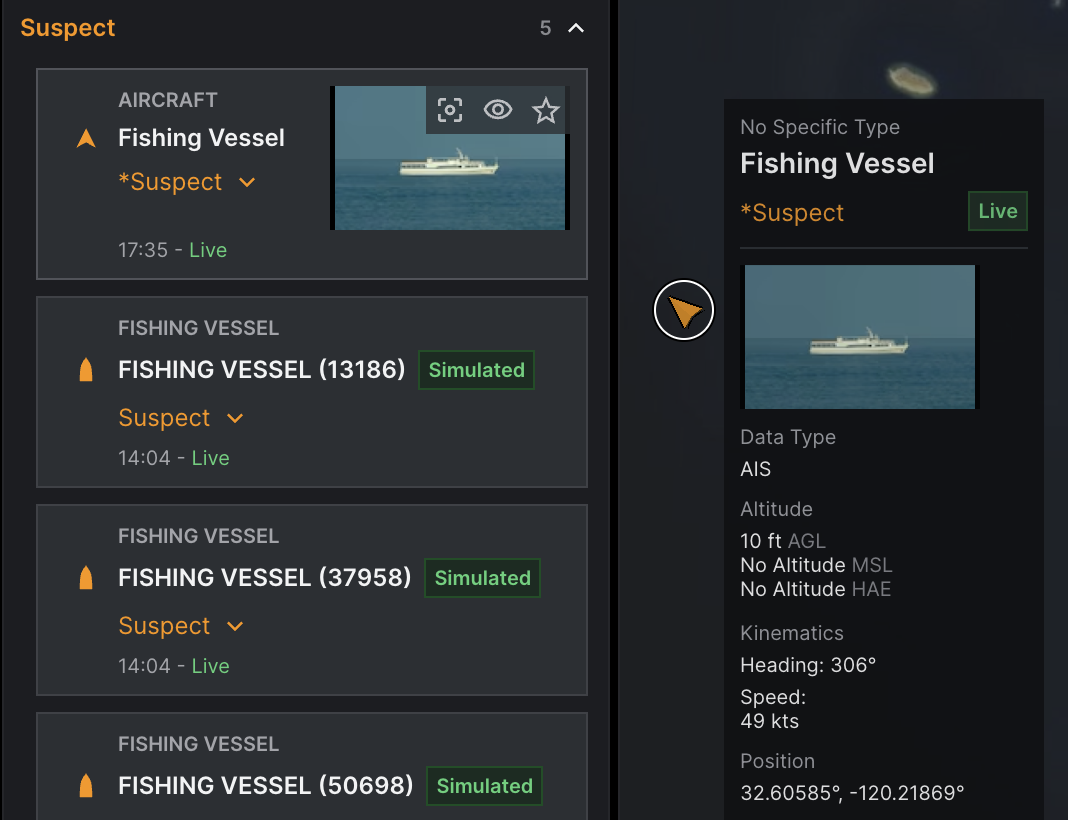Updated SDKs
Today we have released new versions of the Lattice SDK in all four languages. This contains the following changes:
- ⚠️ Breaking change - This addresses an issue where the
centerRayPosecomponent on theEntitywas incorrectly modelled. If you were using this component, you will need to update your code to reference the new fields. - Dependency updates and other bug fixes
SDKs
New SDK Versions
Today we have released new major versions of the Lattice SDK in all four languages:
This addresses an issue where the status
component on the Entity was previously incorrectly modelled. If you were using this component, you will need to update your code to reference
the new fields on the message.
Java SDK v3
The Lattice SDK for Java v3 introduces a number of changes:
- ⚠️ Breaking change - Alter how enum types are generated to support forward-compatible enums. These now follow a visitor pattern
- Fixes for SSE streaming
Updated all Java examples to use the new addHeader method for adding authentication headers,
simplifying how Sandbox authentication headers are set in Java applications.
Java SDK Improvements
The Lattice SDK for Java 2.3.0 introduces a simplified approach for adding authentication headers to API requests:
- Added new
addHeadermethod to the Lattice client builder that eliminates the need to create customOkHttpClientinstances. - Updated all Java examples to use this new approach, resulting in cleaner, more maintainable code.
- Removed boilerplate
OkHttpClientinterceptor configuration that was previously required.
The Lattice SDK now supports streaming entity updates in real-time using the REST API across all supported languages:
- Added
StreamEntitiesAPI for establishing persistent connections to stream entity events - Implemented examples for streaming entities in Go, Java, Python, and TypeScript
- Updated documentation to demonstrate both basic streaming and component filtering
New features
The new StreamEntities API provides several configurable parameters:
preExistingOnly: Controls whether to stream only existing entities or include real-time updates.heartbeatIntervalMS: Configures how frequently the server sends heartbeat events.componentsToInclude: Allows filtering which entity components are streamed, reducing bandwidth usage and improving performance.
Documentation updates
As a part of this release, Watch entities guide has been updated with code examples in all supported languages. Each example demonstrates both basic entity streaming and filtering specific components, providing common patterns for integrating real-time entity data into your Lattice apps.
Existing developers
This major version update introduces breaking changes from SDK v1. If you are a current Lattice SDK developer, version v1 will continue to work but will no longer be maintained. We recommend upgrading to Lattice SDK v2.
Lattice SDK v1 is built to natively support gRPC, while v2 uses OpenAPI to offer a more streamlined experience. To choose a migration path that works for you, see migration guide.
New REST SDKs
The Lattice SDK introduces improved access to the Lattice SDK with REST support. Simply install the Lattice SDK in a language of your choice to get started building with Lattice:
The Buf Schema registry
The Lattice Protobuf definitions are now published, and available from the Buf Schema registry.

Use the Lattice protos and a plugin of your choice, to generate SDK artifacts for your language of choice. For more information, and to see an example in Go, see Generate the Lattice SDK for gRPC.
Objects API
Lattice now supporting a resilient, distributed binary object store, letting you efficiently store binary data and relate them to entities in your environment. Some use cases include:
- Creating image thumbnails for tracks in the Lattice UI.
- Maintaining CSV data for entities for implementing vessel manifests, or other relevant entity metadata.

The Objects API lets you upload, retrieve, and delete objects across the Lattice mesh. For more information, see Objects in the Lattice SDK Guide.